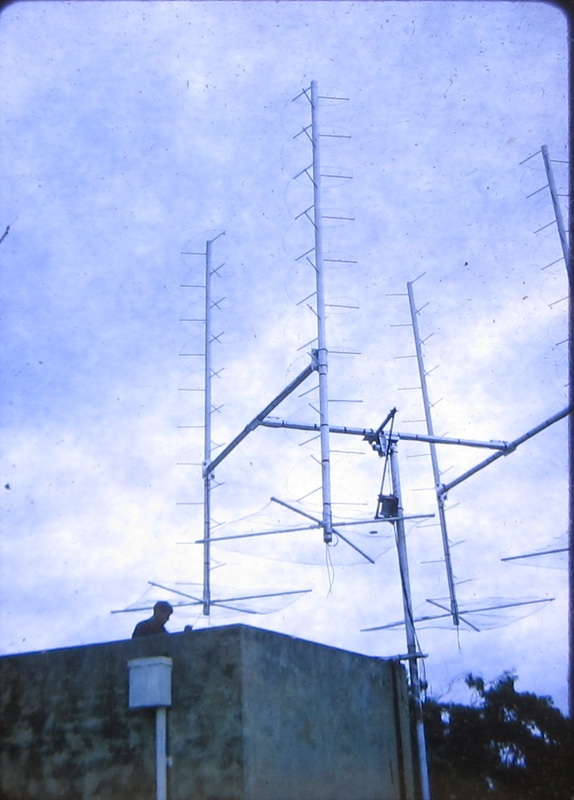The University of Melbourne
|
The Physics Department's Natural Philosophy building in the University of Melbourne was the place where the Melbourne University Astronautical Society (MUAS) had its antennas, receivers and equipment. Antennas were attached to lift well walls or any vertical surface capable of carrying them. Cables were draped over the roofs to the receiver room which served as our meeting room for occasional lunchtime meetings.
But it was during satellite passes that our room above a lecture theatre came alive. All crowded around the ancient and mammoth World War 2 receiver as the lucky operator contrived, with dials, knobs and patience, to extract a whistle or two from the æther. How lucky we were to have the senior Physics academics turn a blind eye to our comings and goings at all hours, because satellites did not always respect gentlemen's hours. Nevertheless, it was in this rooftop room that someone said, “well, we've been listening to satellites, why don't we build one”. Of course, we didn't know enough to know that you couldn't just “build one”, so we did. This is the story of Australis OSCAR 5, AO5 for short. |

